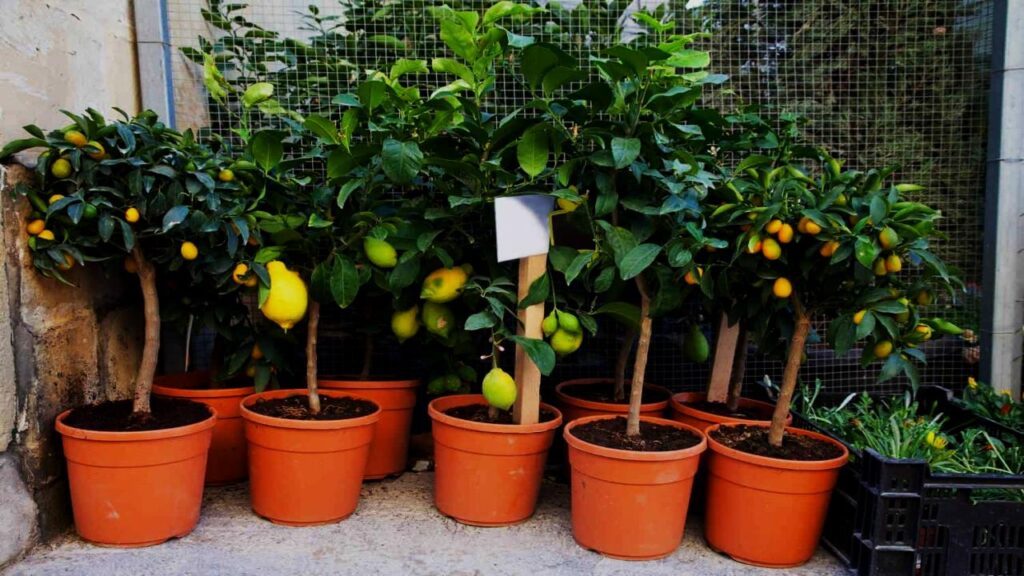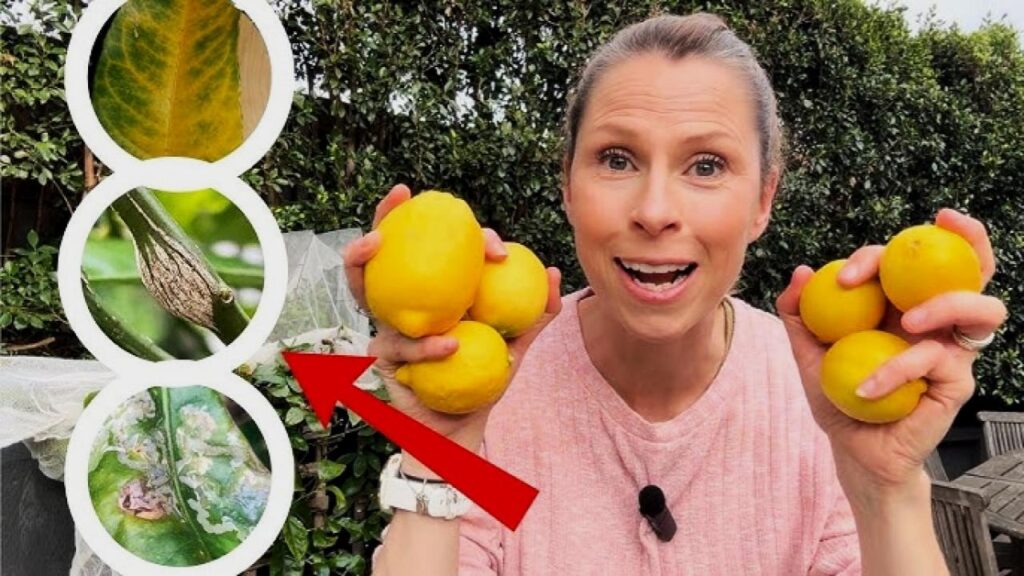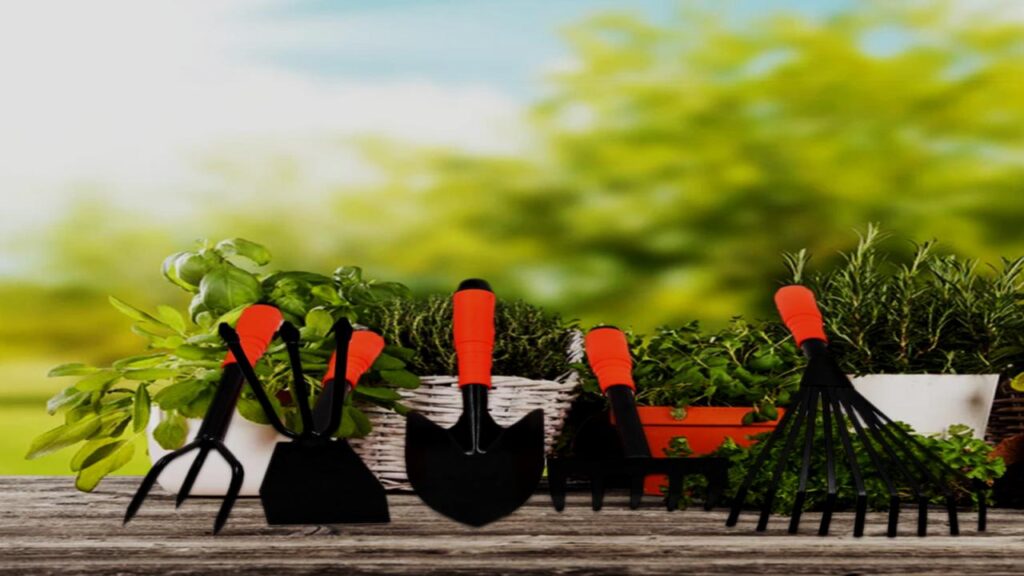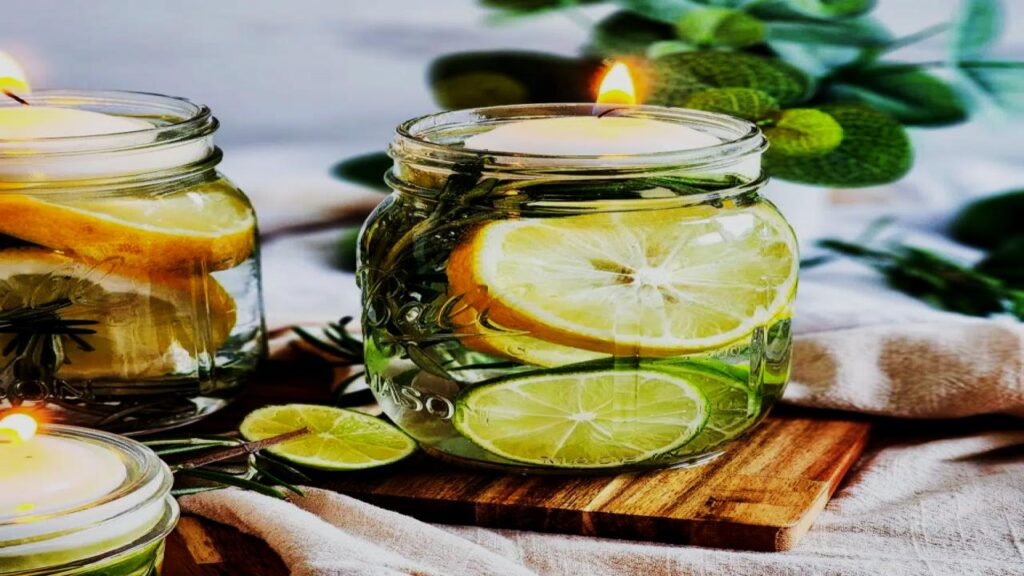Growing juicy lemons indoors all year is totally doable and a game-changer for citrus lovers everywhere. Whether you’re in a high-rise apartment in NYC or a cozy house in the Midwest, indoor lemon trees can bring sunshine to your kitchen all year round. According to citrus experts across the U.S., mastering some key care essentials unlocks the secret to fresh, zesty lemons no matter the season. This detailed guide breaks down everything you need to know—from lighting and watering to pruning and pest control—to help you grow juicy lemons indoors successfully.

Why Grow Lemons Indoors? The Benefits Are Real
There’s something magical about picking a fresh lemon from your own tree anytime you want. Not only do homegrown lemons taste better and have more vibrant flavor, but growing your own fruit indoors means you control the growing conditions—no nasty pesticides, fresher produce, and a smaller carbon footprint compared to store-bought citrus flown across the globe.
Indoor lemon trees also double as living decor, adding lush greenery and a sunny vibe to your space. They even help purify the air and can boost your mood—talk about a win-win.
Step-by-Step Guide to Growing Juicy Lemons Indoors
Step 1: Light Is King — Get That Sunlight or Fake It Right
Lemon trees crave sunlight—think 8 to 12 hours of direct rays every day. The best spots in your home are south- or southwest-facing windows where the sun hits the longest and strongest. Don’t have enough natural light? No worries—full-spectrum grow lights are your go-to, replicating natural sunlight and keeping your tree thriving through the gray winter months.
Step 2: Temperature Matters — Keep It Cozy but Not Too Hot
Your lemon tree prefers temperatures between 70°F and 90°F during the day and a cooler 55°F to 60°F at night. Avoid cold drafts or heat blasts from vents, as sudden swings stress the tree and may stunt growth or fruiting. Keep it consistent and cozy for best results.
Step 3: Soil That Works — Well-Draining and Slightly Acidic
Pick soil that drains well and has a pH between 6.0 and 7.0. Mix in perlite or pumice if needed, and always use pots with drainage holes. Waterlogged roots are a no-go—they invite root rot and disease.
Step 4: Water Like a Pro — Keep It Moist, Not Drenched
Water only when the top 1-2 inches of soil feel dry. Overwatering’s the number one indoor lemon killer. Pour water slowly and let excess drain away. Avoid letting your tree sit in soggy soil.
Step 5: Feed Your Tree — Regular Fertilization Is Key
From spring through summer, feed monthly with a balanced fertilizer high in nitrogen, phosphorus, and potassium (N-P-K). Cut back in fall and winter when growth slows.
Step 6: Humidity Helps — Keep the Air Moist
Indoor air can dry out in winter, so aim for 50% or higher humidity. Use a humidifier, place water trays nearby, or cluster plants together to keep moisture up.
Step 7: Help Pollinate — Hand-Pollinate to Ensure Fruit
Since indoor lemon trees lack outdoor pollinators, use a small brush or cotton swab to move pollen between flowers. This simple step helps set fruit and keeps your harvest coming.
Step 8: Prune for Health and Shape
Trim dead or yellow leaves and spent flowers regularly. Prune to keep the tree compact and to improve airflow, reducing pests and diseases.
Common Challenges & Troubleshooting

Even with the best care, you might face issues like yellowing leaves (often due to nutrient deficiencies or overwatering), leaf drop (caused by stress or sudden environment changes), or pests like spider mites, aphids, and scale. Treat pests early with insecticidal soaps or neem oil. If leaves yellow, check watering habits and consider supplementing with micronutrients like iron.
Best Indoor Lemon Varieties
- Meyer Lemon: The most popular indoor lemon. Small, sweet, and cold-tolerant.
- Ponderosa Lemon: Larger fruit, but the tree can get big.
- Improved Lisbon: More tart, similar to typical lemons, but less suited for indoor growth.
Meyer lemons are the go-to for beginners and urban growers.
Harvesting Tips for Maximum Flavor
Pick lemons when they’re fully yellow and slightly soft to the touch. Lemons continue to ripen a bit off the tree, so don’t stress if they’re a tad green when picked. Avoid letting fruit stay too long as it can get bitter.
Tools & Equipment You’ll Need

- Full-spectrum grow light (if natural light is low)
- Pots with drainage holes (12-18 inches diameter)
- Well-draining potting mix or cactus soil
- Pruning shears
- Humidifier or water tray for humidity control
- Balanced citrus fertilizer
Cost Considerations
Starting your indoor lemon journey can cost between $50 and $150 depending on the tree size, pot, soil, and lighting equipment. It’s an investment that pays dividends in fresh lemons and indoor greenery.
DIY Fun: Natural Pest Control & Pot Decoration

Use natural repellents like neem oil or garlic spray to keep pests away. For the green-thumb artists, painting or decorating your pots adds a personal touch and brightens your space.
Real-Life Success Story
Lisa, a plant mom from Denver, says, “I started with a Meyer lemon in my sunroom, and after two years, I’m picking fresh lemons all winter. Hand-pollinating was a game changer for me—now I’m hooked on indoor citrus!”
Environmental Impact & Sustainability
Growing your own lemons cuts down on packaging waste and shipping emissions associated with store-bought citrus. Plus, organic indoor growing avoids pesticides, making it healthier for you and the planet.
